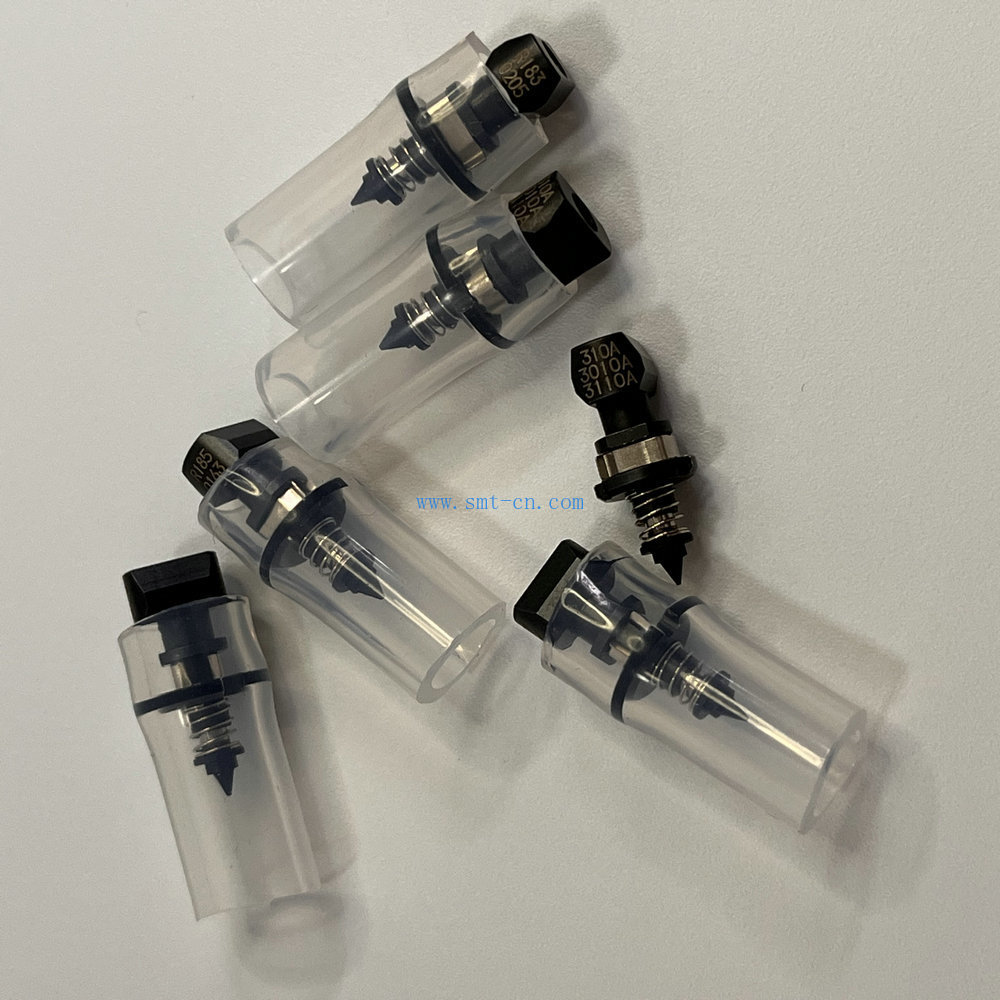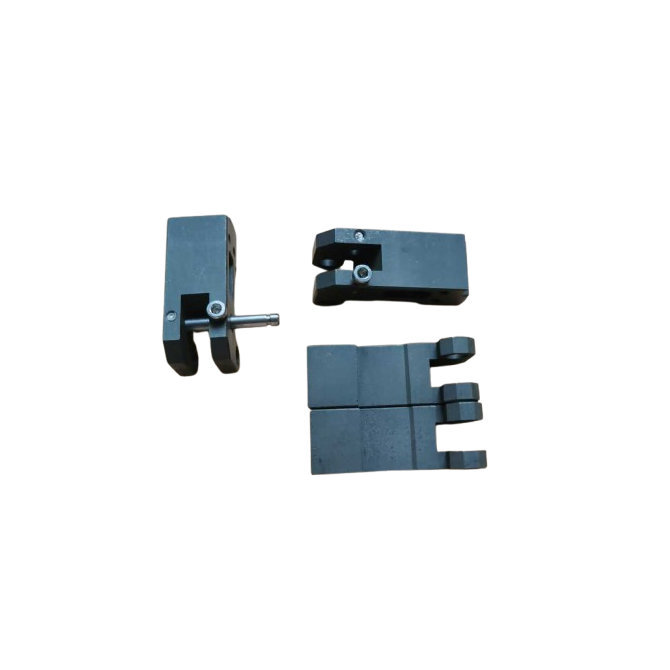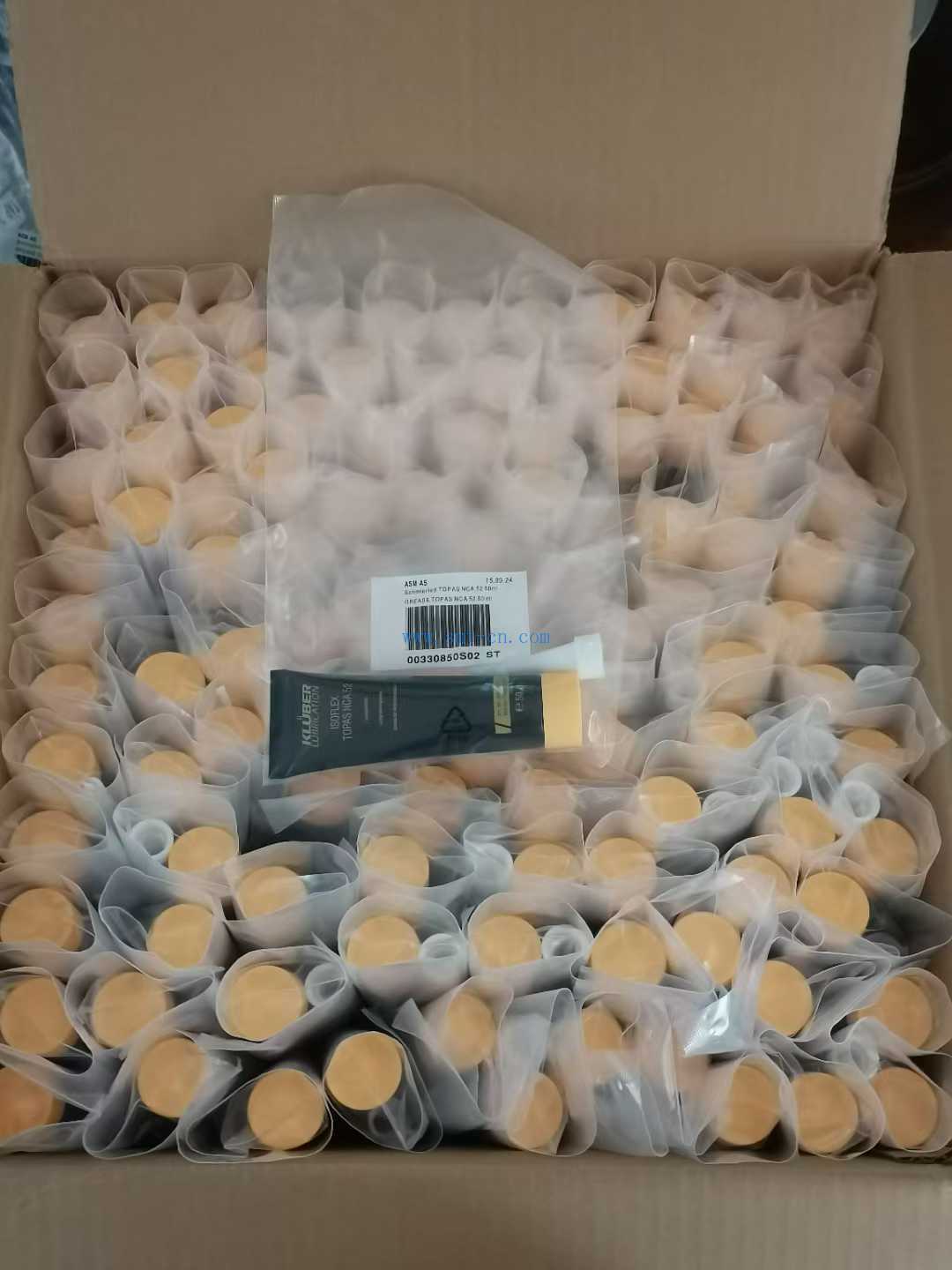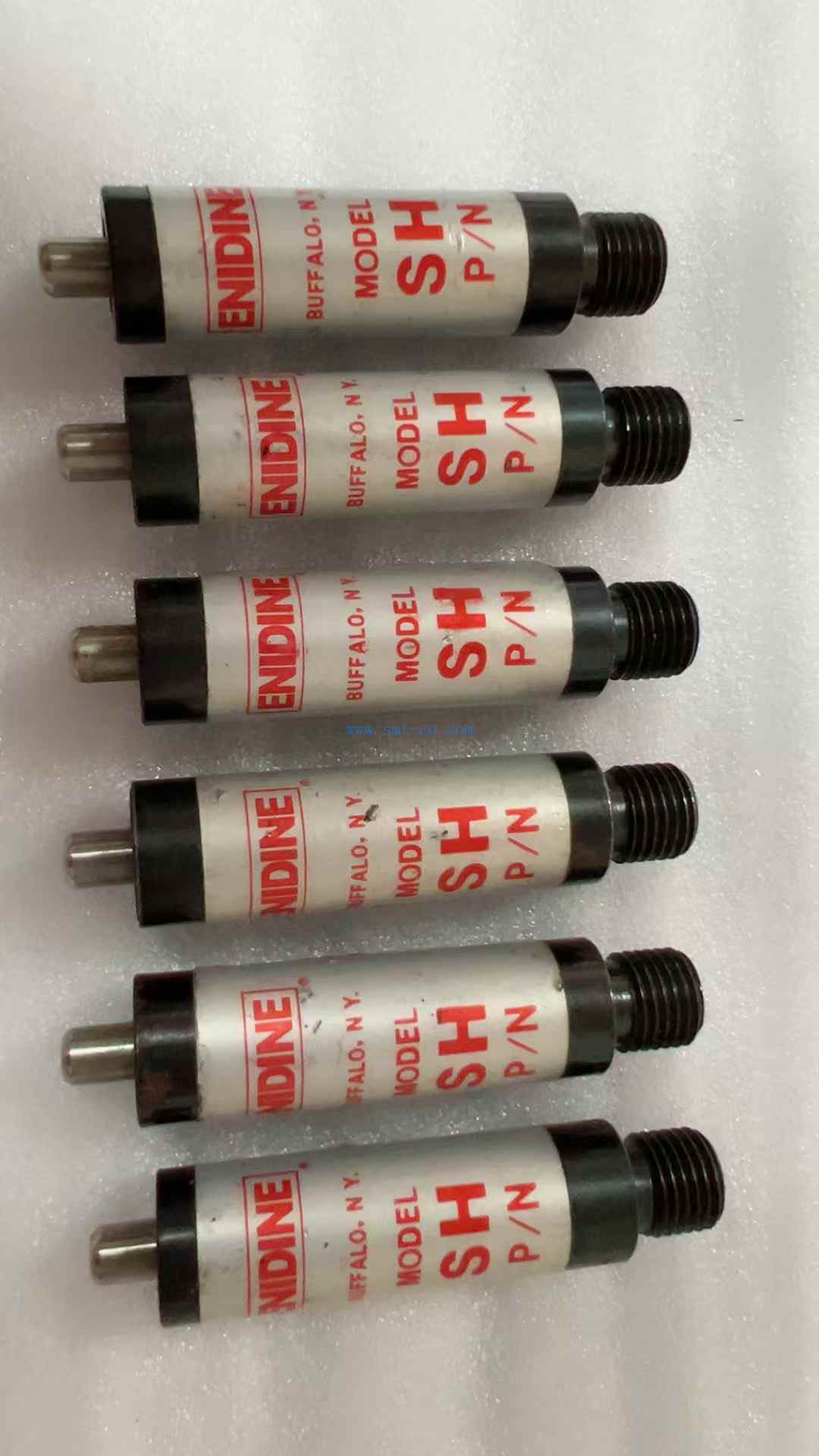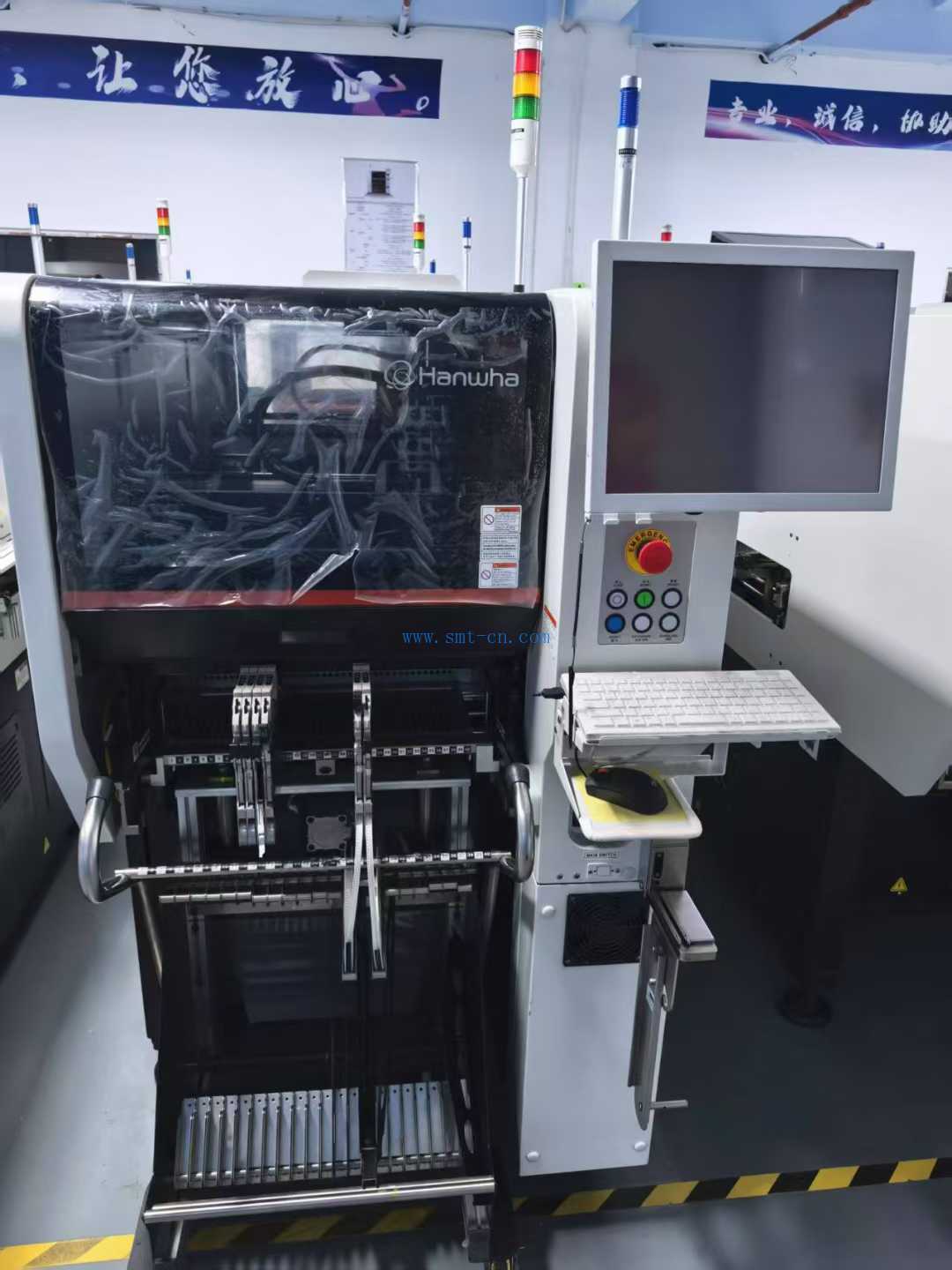Welcome to ZK Electronic
Original New KHY-M77A0-A0X 310A NOZZLE for Electronics Production Machinery YAMAHA MOUNTER
2025-07-03
ZK Electronic Technology is proud to announce the availability of the Original New KHY-M77A0-A0X 310A Nozzle, a high-performance solution designed for Yamaha SMT Pick and Place Machines. This nozzle is ideal for precision component mounting in modern electronics production lines.
VIEW MORE
2025-06-29
High Quality Panasonic Feeder Parts – Handle, Safety Catch, Frame, Stop
Made in China | Part Numbers: N210109642AA, KXFA1P7A00, N210123316AA, KXFB02N4A03
We offer premium-quality replacement parts for Panasonic SMT feeders, manufactured in China with strict quality control for reliable performance and durability.
VIEW MORE
L250 Oil, NC52 Oil, Syringe Oil, Paper Bag Oil Supplier – Maintenance Lubricants for SMT Equipment
2025-06-24
We offer a comprehensive selection of high-quality SMT maintenance oils, specially formulated for various types of SMT and AI machinery. Whether for lubrication, precision parts, or routine servicing, we have the right oil for your needs – always in stock and ready to ship!
VIEW MORE
AI Universal SMT Accessories Extensive In-Stock Inventory, Immediate Shipment Available
2025-06-22
AI Universal SMT Accessories Extensive In-Stock Inventory, Immediate Shipment Available
VIEW MORE
2025-06-20
Visit Us for HANWHA Machines and Parts – See the Equipment, Enjoy Good Tea, Fresh Fruits, and Warm Hospitality!
VIEW MORE


